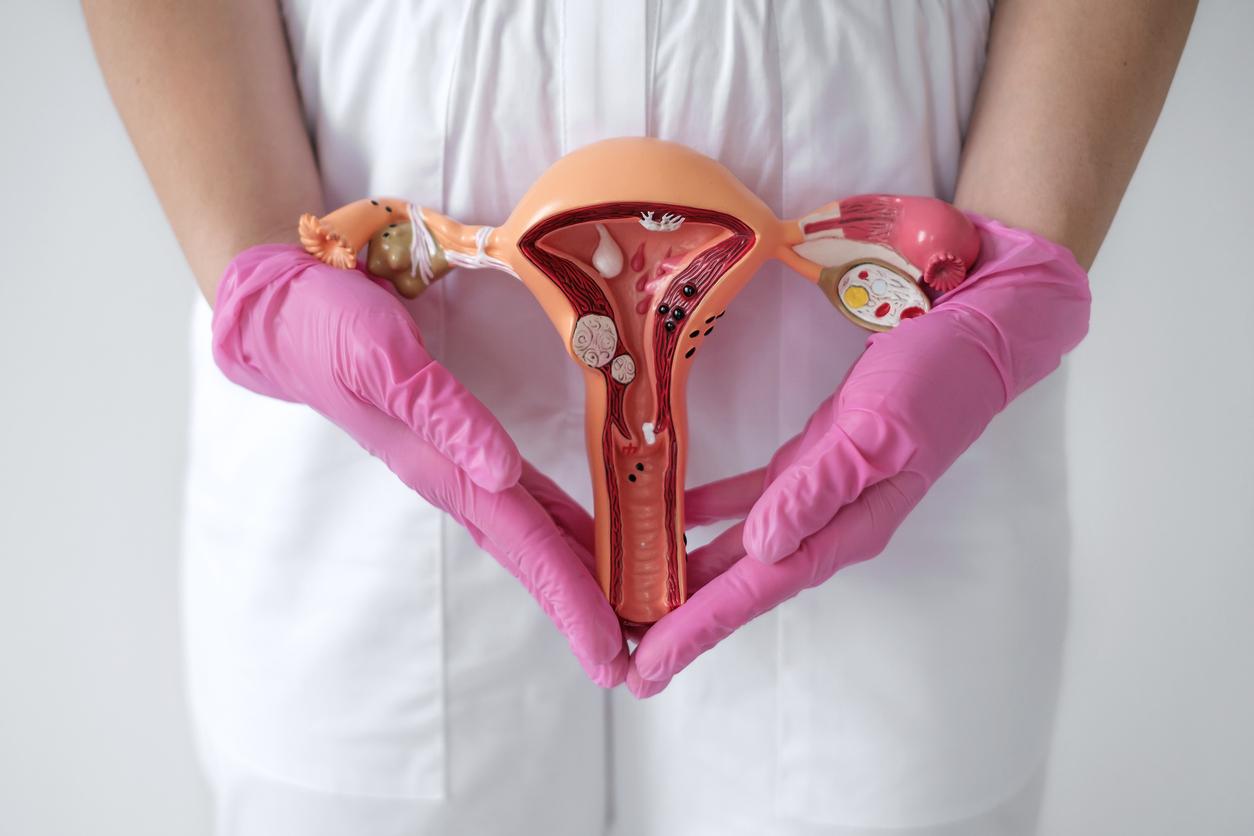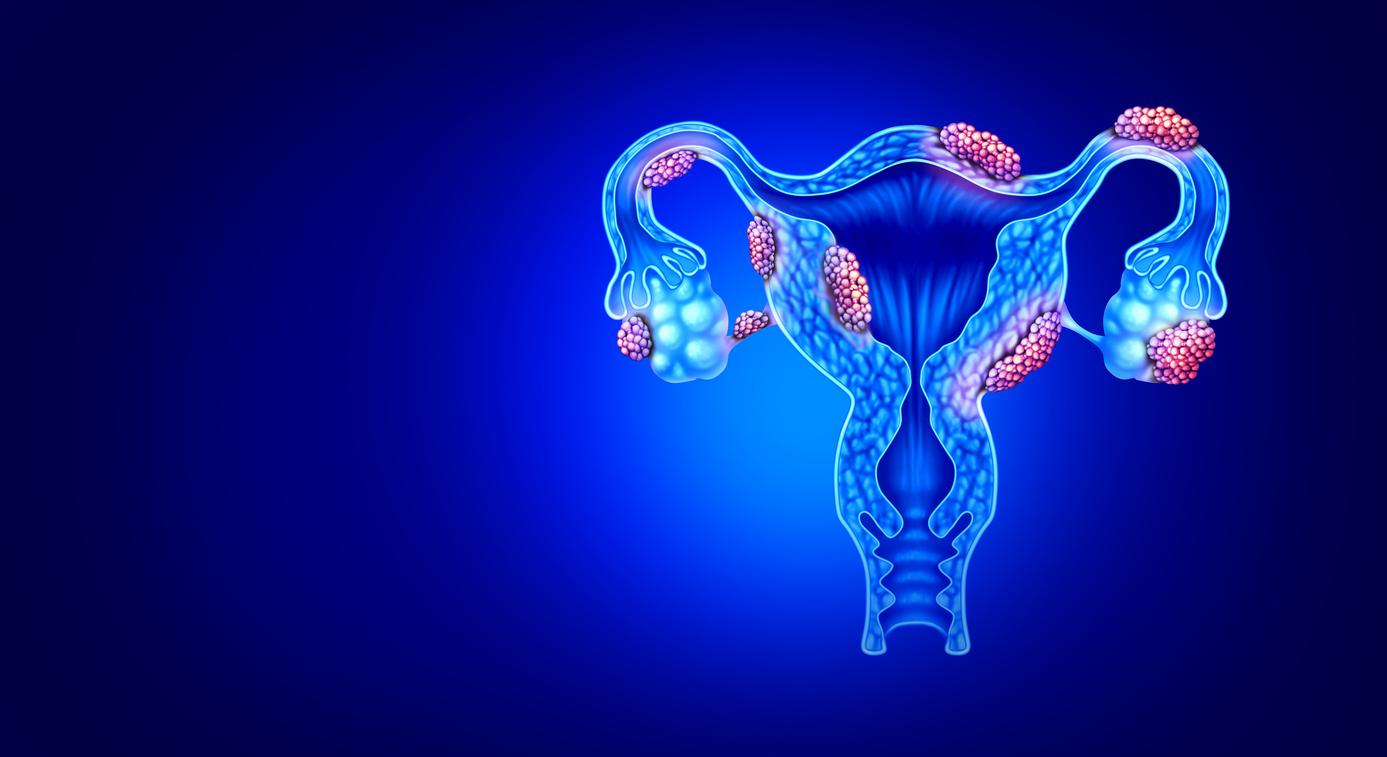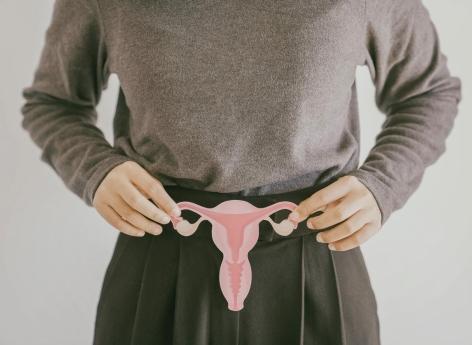
March 7, 2017
One in ten women suffers from endometriosis, the leading cause of infertility. The figures are alarming, but do not correspond to the reality surrounding a disease that is still too often overlooked by the French and their doctors.
Endometriosis, a taboo disease
Doctors are not always well trained to detect endometriosis. Indeed, this disease can take as many forms as there are patients. This is why, on average, it is necessary seven years to diagnose endometriosis. An interminable delay for the women who suffer from it, as the pain associated with this disease can be difficult to bear.
The endometrium, the mucous membrane that covers the uterine wall, grows outside the uterus, on other organs and causes lesions that can turn into nodules. And these fragments, even very small, obey the hormonal signals sent by the brain and bleed every month during the period. This causes inflammation, pain and great fatigue.
All organs can be affected
Women who consult are often alerted by infertility problems or particularly severe pain during menstruation, when urinating, having a bowel movement or during sexual intercourse. Indeed, endometrial fragments can be present everywhere around the uterus but also on the lungs and even in the brain.
Treatments are prescribed to relieve pain: analgesics, anti-inflammatory drugs, hormonal treatments to stop menstruation and reduce symptoms. Surgical procedures are sometimes offered to remove the lesions. Today, researchers are trying to better understand the causes of this disease and particularly focus on endocrine disruptors to which we are exposed from childhood through our food, our lifestyles, our cosmetic products and the pollution that surrounds us.
Maylis Choné
For more information: Symptoms of endometriosis















